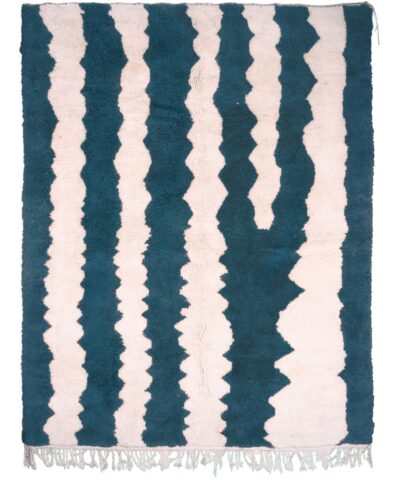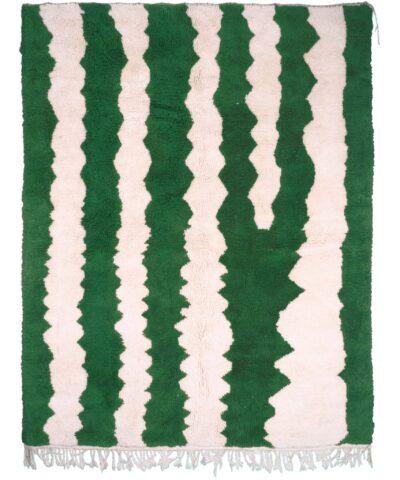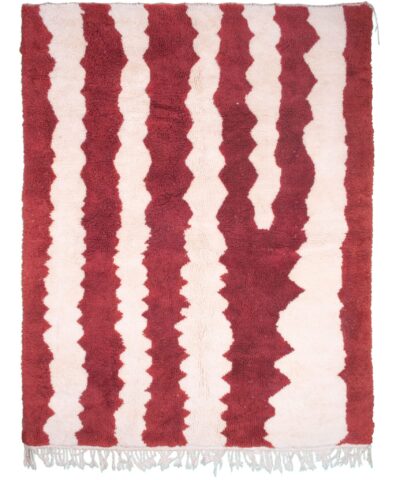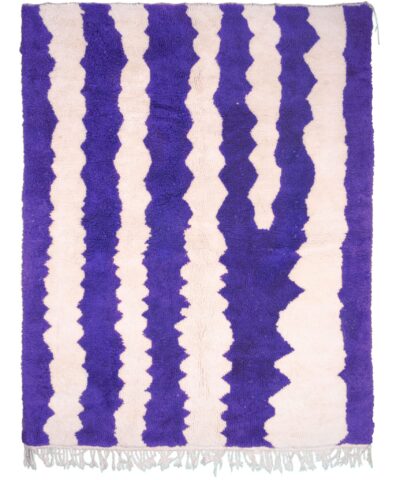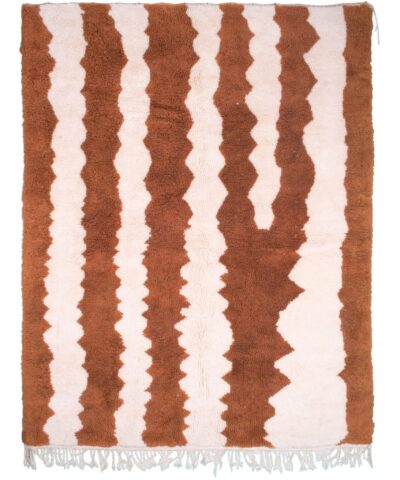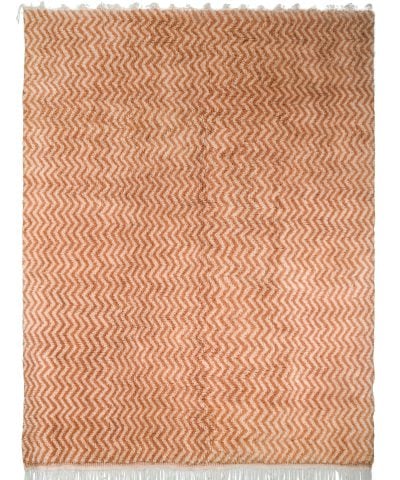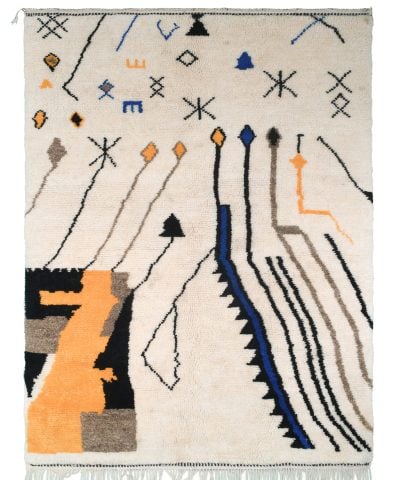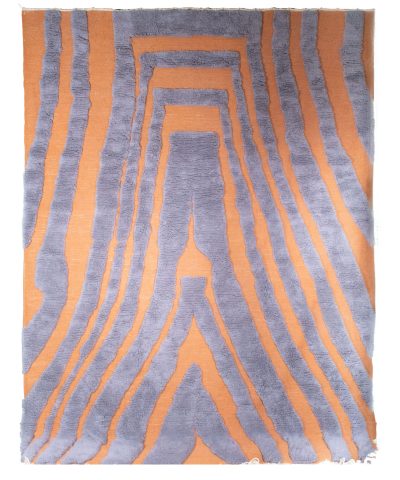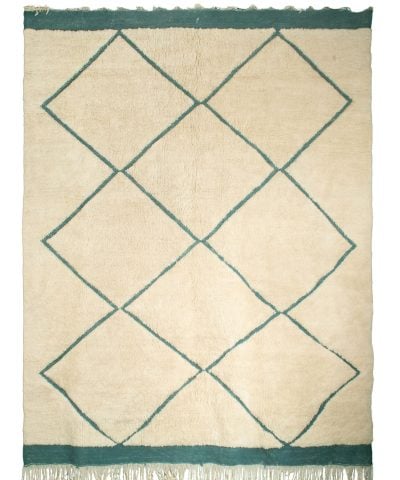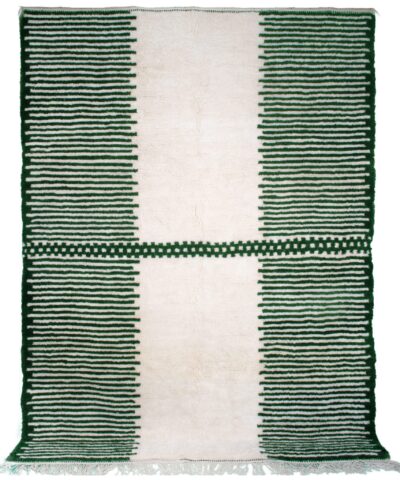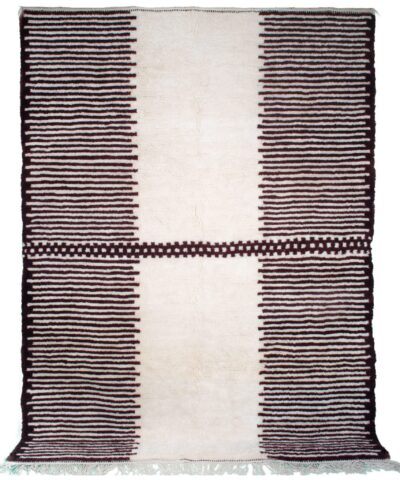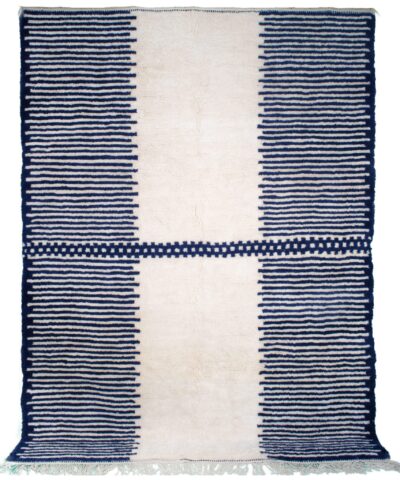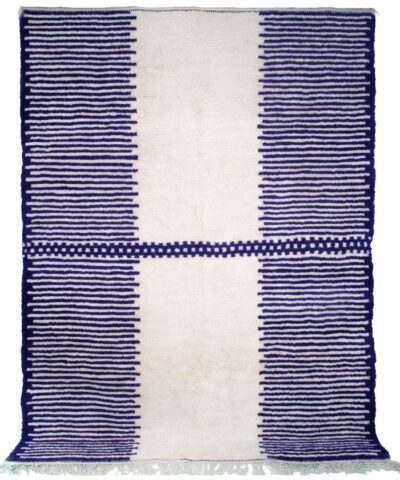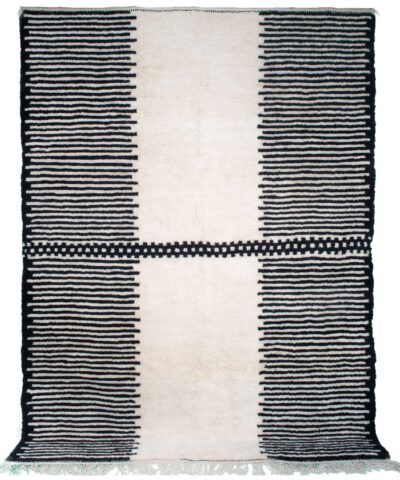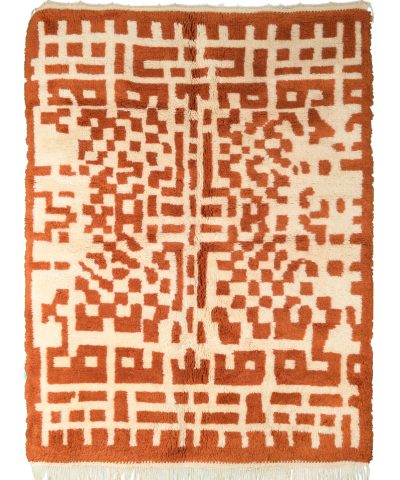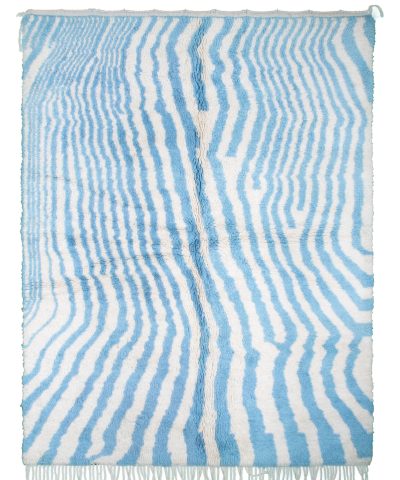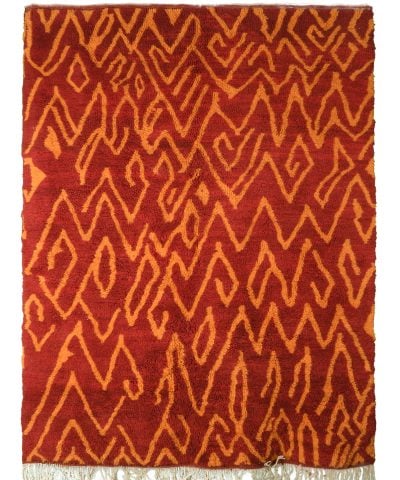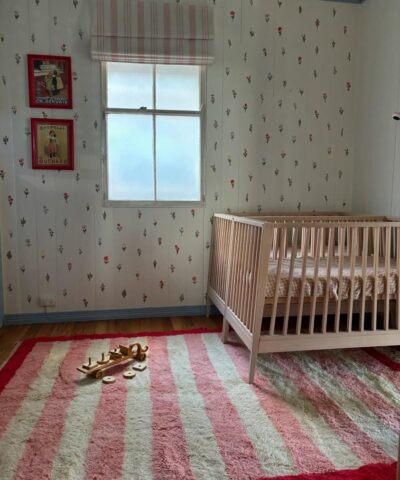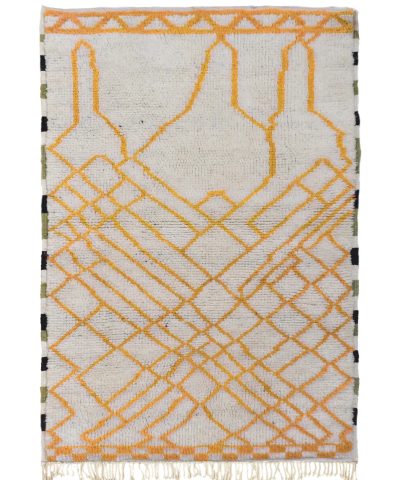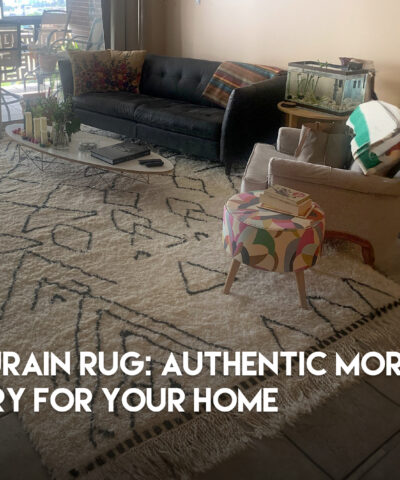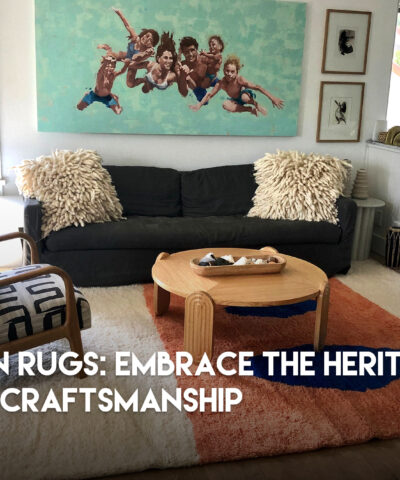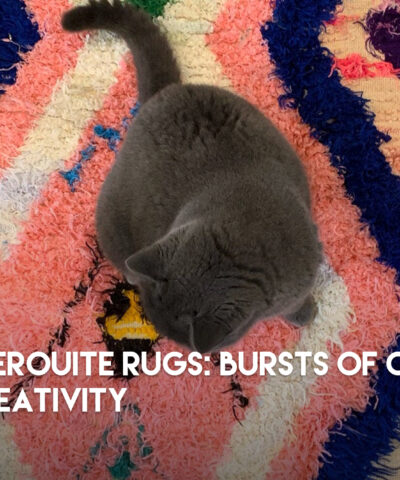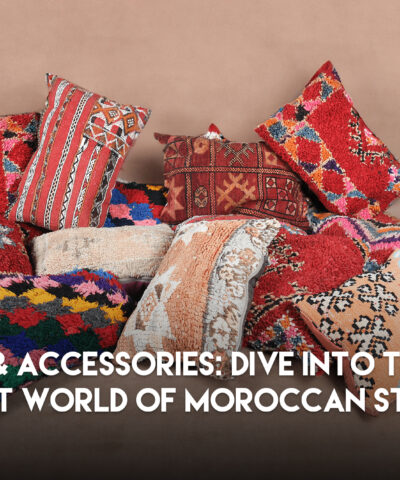Showing 1–20 of 61 resultsSorted by price: high to low
Category: Geometric Rug
Geometric Moroccan Rugs: A Timeless Fusion of Art and Culture
Moroccan rugs have long been revered for their intricate designs, vibrant colors, and extraordinary craftsmanship. Among these exquisite pieces, geometric Moroccan rugs stand out for their captivating patterns and symbolic meanings. This page delves deep into the world of geometric Moroccan rugs, exploring their history, the different types, and why they are the perfect addition to any home. Dive in as we unravel the legacy and allure of these exceptional rugs.
Historical Significance of Geometric Moroccan Rugs
The history of Moroccan rugs is deeply intertwined with the culture and traditions of the Berber tribes, some of which date back over two millennia. Geometric patterns in these rugs are not just random designs; they represent a vast array of cultural symbols and stories passed down through generations. These patterns often symbolize aspects of nature, beliefs, and daily life, providing insight into the rich history and heritage of the Moroccan people.
Many geometric Moroccan rugs are crafted by Berber women in the Atlas Mountains. This practice is a tribute to their ancestors, who created these rugs not just for their beauty but for their functionality. These rugs provided warmth in the cold mountainous climate and were used for various purposes, including sleeping mats, seating, and even as burial shrouds.
Distinctive Features of Geometric Moroccan Rugs
Geometric Moroccan rugs are defined by their striking patterns and shapes. Here are some of the key features that make these rugs unique:
Patterns and Symbols: The geometric designs often include diamonds, triangles, and zigzags. Each shape and arrangement holds specific meanings, reflecting aspects of life in the Berber culture.
Materials: Most rugs are made from high-quality wool, sourced from local sheep. The wool is known for its durability and softness, making the rugs both comfortable and long-lasting.
Colors: Natural dyes derived from plants, minerals, and insects are used to create vibrant hues. Common colors include red, blue, yellow, and green, each color adding to the rug’s symbolism and overall appeal.
Knotting and Weaving Techniques: The intricate knotting and weaving techniques have been perfected over centuries. These methods ensure the designs are both detailed and robust, standing the test of time.
Types of Geometric Moroccan Rugs
While all geometric Moroccan rugs share common features, there are various types, each with distinct characteristics:
1. Beni Ourain Rugs
Beni Ourain rugs are among the most famous of Moroccan rugs, known for their simple, yet elegant geometric patterns. They primarily come in neutral colors with dark lines creating the geometric designs. These rugs easily blend with modern interior designs, making them a favorite among homeowners and designers alike.
2. Azilal Rugs
Azilal rugs are characterized by their vibrant colors and bold, abstract geometric patterns. These rugs are often made by Berber tribes in the Azilal province. The combination of bright hues and unique designs makes Azilal rugs a stunning focal point in any room.
3. Boujad Rugs
Boujad rugs are known for their irregular shapes and colorful patterns. These rugs often reflect more free-form and abstract designs, incorporating a mix of geometrical elements and motifs. Boujad rugs typically feature warm colors like pink, orange, and red, creating a cozy, welcoming atmosphere.
4. Taznakht Rugs
Originating from the Taznakht region, these rugs are known for their dense, flat-woven texture and vibrant color palettes. The geometric patterns in Taznakht rugs often incorporate intricate details, reflecting the skilled craftsmanship of the weavers. These rugs are highly durable and perfect for high-traffic areas.
The Cultural Significance of Geometric Patterns
The geometric patterns found in Moroccan rugs are not only visually appealing but also rich in cultural significance. Each pattern tells a story or represents a particular aspect of Berber life and heritage. For example:
Diamonds: Often symbolize protection from evil spirits and are believed to bring good luck and prosperity.
Triangles: Generally represent women and fertility, reflecting the matriarchal aspects of Berber society.
Zigzags: Symbolize water and fertility, essential elements in the arid landscapes of Morocco.
Lines and Stripes: Can indicate a journey, a path, or the flow of life, showcasing the dynamic and ever-changing facets of existence.
Integrating Geometric Moroccan Rugs into Your Home
Adding a geometric Moroccan rug to your home is an excellent way to infuse character and cultural richness into your living space. Here are some tips on how to seamlessly incorporate these rugs into various rooms:
Living Room
A geometric Moroccan rug can serve as a stunning centerpiece in your living room. Choose a rug that contrasts with your furniture to create a balanced and cohesive look. For example, a light-colored Beni Ourain rug can beautifully complement darker furniture.
Bedroom
In the bedroom, a plush geometric rug can add warmth and comfort. Place the rug beneath the bed to create a cozy atmosphere. Azilal or Boujad rugs with their vibrant colors can add a pop of color to neutral beddings.
Dining Room
For the dining room, opt for a durable Taznakht rug that can withstand high foot traffic. The dense weave and vibrant patterns will enhance the dining area, making it a welcoming space for family and guests.
Hallways and Entryways
Geometric Moroccan rugs are perfect for hallways and entryways, adding a touch of elegance as guests enter your home. The sturdy construction of Taznakht or Boujad rugs ensures they can handle the wear and tear of these high-traffic areas.
Purchasing a Geometric Moroccan Rug
When you decide to buy a geometric Moroccan rug, it’s essential to ensure you’re getting an authentic piece. At Moroccan-Carpet.com, we offer a wide selection of genuine Moroccan rugs, sourced directly from Berber artisans. Here are some tips for purchasing a geometric Moroccan rug:
Authenticity: Verify the origin of the rug. Authentic Moroccan rugs are handwoven using traditional techniques.
Materials: Ensure the rug is made from high-quality, natural materials like wool and dyed with natural pigments.
Craftsmanship: Examine the knotting and weaving quality. Genuine rugs will have a distinct, handmade feel with minor imperfections that add to their charm.
Documentation: Request certificates or other proof of authenticity from reputable sellers.
Caring for Your Geometric Moroccan Rug
Once you’ve invested in a beautiful geometric Moroccan rug, proper care is essential to maintain its beauty and longevity. Here are some tips:
Regular Cleaning: Vacuum your rug regularly to remove dirt and debris. Avoid using a vacuum with a beater bar that can damage the fibers.
Spot Cleaning: Attend to spills immediately using a damp cloth. Avoid harsh chemicals and opt for natural cleaning agents.
Professional Cleaning: Periodically, have your rug professionally cleaned to preserve its vibrancy and condition.
Rotation: Rotate the rug every few months to even out wear and exposure to sunlight.
Storage: If storing the rug, roll it up with the design facing inward and place it in a cool, dry place. Avoid folding it to prevent creases.
In Conclusion
Geometric Moroccan rugs are more than just decorative items; they are pieces of art imbued with history and cultural significance. These rugs offer not only aesthetic appeal but also a deeper connection to the rich heritage of Morocco. Incorporating a geometric Moroccan rug from WEBERBER into your home is a wise investment that adds warmth, character, and timeless beauty to your living space.
Explore our extensive collection of authentic Moroccan rugs and discover the perfect piece that resonates with your style and heritage. Transform your home with the unparalleled charm of geometric Moroccan rugs and embrace a legacy that has captivated hearts for generations.
